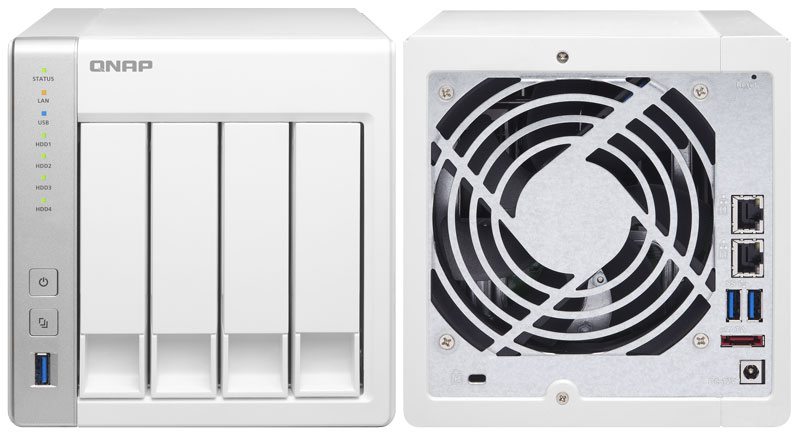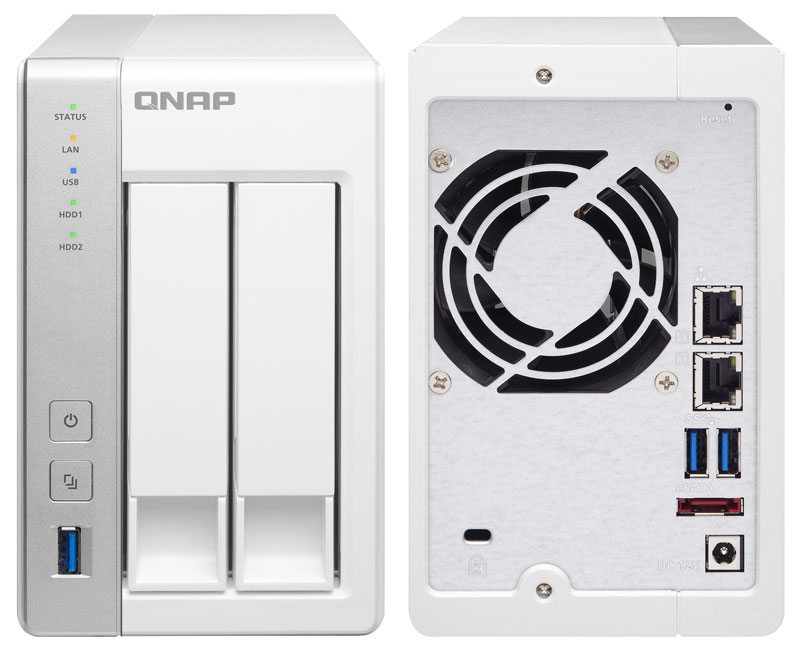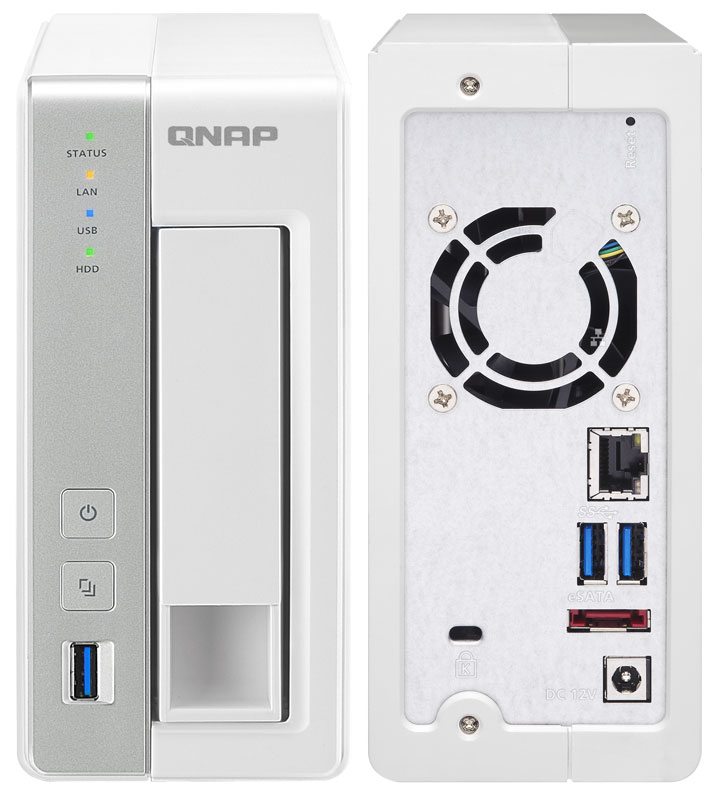Qnap Releases Three New Turbo NAS for SOHO and Home Users
Bohs Hansen / 10 years ago

QNAP have just announced the three latest models in their high quality NAS line-up, the brand new TS-x31 Home NAS series for personal cloud and a versatile multimedia experience. While this isn’t really that new and all their other devices also support this, the new line-up is specially designed for this and as such should do a greater job by being more efficient at these tasks.
Storing your data is one thing, all that takes is a hard disk and a file sharing protocol, it’s the rest of the features that set the different network attached storage devices apart. The relatively new ARM Cortex A9 CPU with floating point is simply perfect for NAS’ work loads like these. The built-in hardware encryption engine will further help to keep your data safe without having a heavy workload on the hardware and end up in turtle mode when transferring files. It’s also worth noting here that QNAP released a new firmware just a day earlier supporting full NAS encryption by volume-based technology.

The personal cloud system in these devices sounds really great and the Notes Station will be a useful feature for many. It allows you to easily create digital notes on your private cloud and share those with friends and colleagues at no extra cost. No need to have a subscription based cloud storage with these features. The devices also feature all the other function we know and love from Qnap, from the automatic download manager to the online photo album and media streaming via DLNA and AirPlay. There aren’t many scenarios that aren’t covered with the QTS operating system in your back.
The three new NAS devices also feature offline transcoding. So if you’re only able to connect to a slow, limited or restricted Internet connection, you can still enjoy smooth video streaming by playing a version of the video with a pre-rendered, optimized resolution. By setting an automatic transcoding folder, the NAS will automatically convert the videos in this folder to a range of resolutions for use on many different devices and internet speeds. As this transcoding works as a background task, you can schedule it to work during off-peak hours such as when you are at work or asleep.

Hardware wise, all three models are pretty much the same; they all have the same ARM Cortext A9 dual-core processor that runs on 1.2GHz and features the hardware encryption, they have 512 MB DDR3 RAM and a 512MB eMMC memory module for the operating system, all three models have three USB 3.0 ports and 1 eSATA external connections. The 1-bay model has one RJ45 Gigabit Ethernet port where the 2 and 4-bay models have two each. There’s of course also the obligatory Kensington lock and a fan in each. The fan size depends on the model and are 50, 70 and 120 mm of size. All three models also support both 2.5 and 3.5-inch drives
Power consumption varies between the models as well. Hard drive standby modes variate from 6.26 to 14.82 watts and operation draw is between 13.31 and 33.75 watts depending on model. These figures are measured with 2 TB HDD’s loaded in the devices. Transfer speeds for all three models are 110 MB/s read and 80 MB/s write without encryption and between 30 and 39 MB/s with full AES 256-bit FULL NAS Volume Encryption. This is about double the encryption speed that previous dual-core Atom CPU’s could do.
The new three NAS devices should be available now, meaning they are on the way to the shops and should start to be listed within a few days. The current early listings can’t be fully trusted as the variate up to 100% on the price of the 4-bay model.
Thank you Qnap for providing us with these information
Images courtesy of Qnap



















